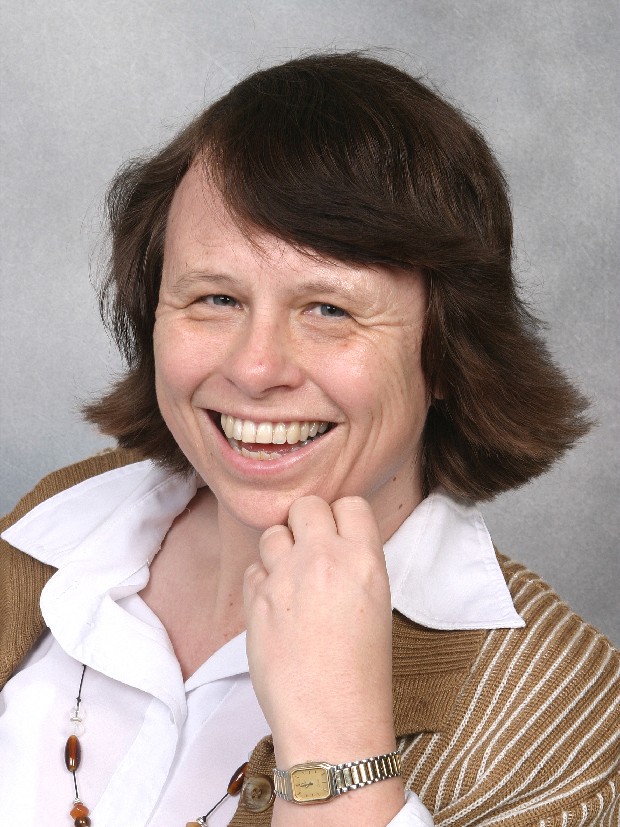|
LEIDEN OBSERVATORY THE NETHERLANDS |
 |
-
"From Molecules to
Planets"
One of the most
exciting developments in astronomy is the discovery of
planets around other stars than our Sun. More than 150 exoplanets have
now been detected. But how do these planets form, and why are
they so
different from our own planetary system? Which ingredients are
available to build them? In this talk, an overview will be given
of
recent developments in the area of star- and planet formation. The
evolution of the gas and dust from molecular clouds to protostars and
forming planetary systems will be traced using recent examples from
mid-infrared (Spitzer) and submillimeter facilities. Only long
wavelength observations are able to probe deep inside these stellar
and planetary nurseries. The prospects for future facilities such
as
the Herschel Space Observatory, the James Webb Space Telescope and the
Atacama Large Millimeter Array will be discussed.